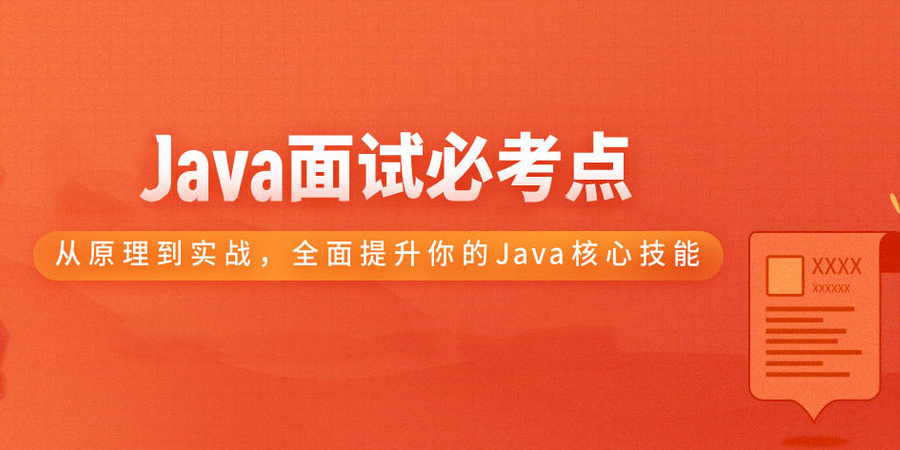
JAVA大厂面试题http://www.gtalent.cn/exam/interview/jdAgwJtErNal1znK
一,值是 null 的情况:
1.a.equals(b), a 是 null, 抛出 NullPointException 异常。
2.a.equals(b), a 不是 null, b 是 null, 返回 false
3.Objects.equals(a, b) 比较时, 若 a 和 b 都是 null, 则返回 true, 如果 a 和 b 其中一个是 null, 另一个不是 null, 则返回 false。注意:不会抛出空指针异常。
null.equals("abc") → 抛出 NullPointerException 异常
"abc".equals(null) → 返回 false
null.equals(null) → 抛出 NullPointerException 异常
Objects.equals(null, "abc") → 返回 false
Objects.equals("abc",null) → 返回 false
Objects.equals(null, null) → 返回 true
二,值是空字符串的情况:
1.a 和 b 如果都是空值字符串:””, 则 a.equals(b), 返回的值是 true, 如果 a 和 b 其中有一个不是空值字符串,则返回 false;
2. 这种情况下 Objects.equals 与情况 1 行为一致。
"abc".equals("") → 返回 false
"".equals("abc") → 返回 false
"".equals("") → 返回 true
Objects.equals("abc", "") → 返回 false
Objects.equals("","abc") → 返回 false
Objects.equals("","") → 返回 true
三,源码分析
1. 源码
//java www.fhadmin.cn
public final class Objects {
private Objects() {
throw new AssertionError("No java.util.Objects instances for you!");
}
/**
* Returns {@code true} if the arguments are equal to each other
* and {@code false} otherwise.
* Consequently, if both arguments are {@code null}, {@code true}
* is returned and if exactly one argument is {@code null}, {@code
* false} is returned. Otherwise, equality is determined by using
* the {@link Object#equals equals} method of the first
* argument.
*
* @param a an object
* @param b an object to be compared with {@code a} for equality
* @return {@code true} if the arguments are equal to each other
* and {@code false} otherwise
* @see Object#equals(Object)
*/
public static boolean equals(Object a, Object b) {
return (a == b) || (a != null && a.equals(b));
}
2. 说明
首先,进行了对象地址的判断,如果是真,则不再继续判断。
如果不相等,后面的表达式的意思是,先判断 a 不为空,然后根据上面的知识点,就不会再出现空指针。
所以,如果都是 null,在第一个判断上就为 true 了。如果不为空,地址不同,就重要的是判断 a.equals (b)。
四,“a==b” 和”a.equals (b)” 有什么区别?
如果 a 和 b 都是对象,则 a==b 是比较两个对象的引用,只有当 a 和 b 指向的是堆中的同一个对象才会返回 true。
而 a.equals (b) 是进行逻辑比较,当内容相同时,返回 true,所以通常需要重写该方法来提供逻辑一致性的比较。

